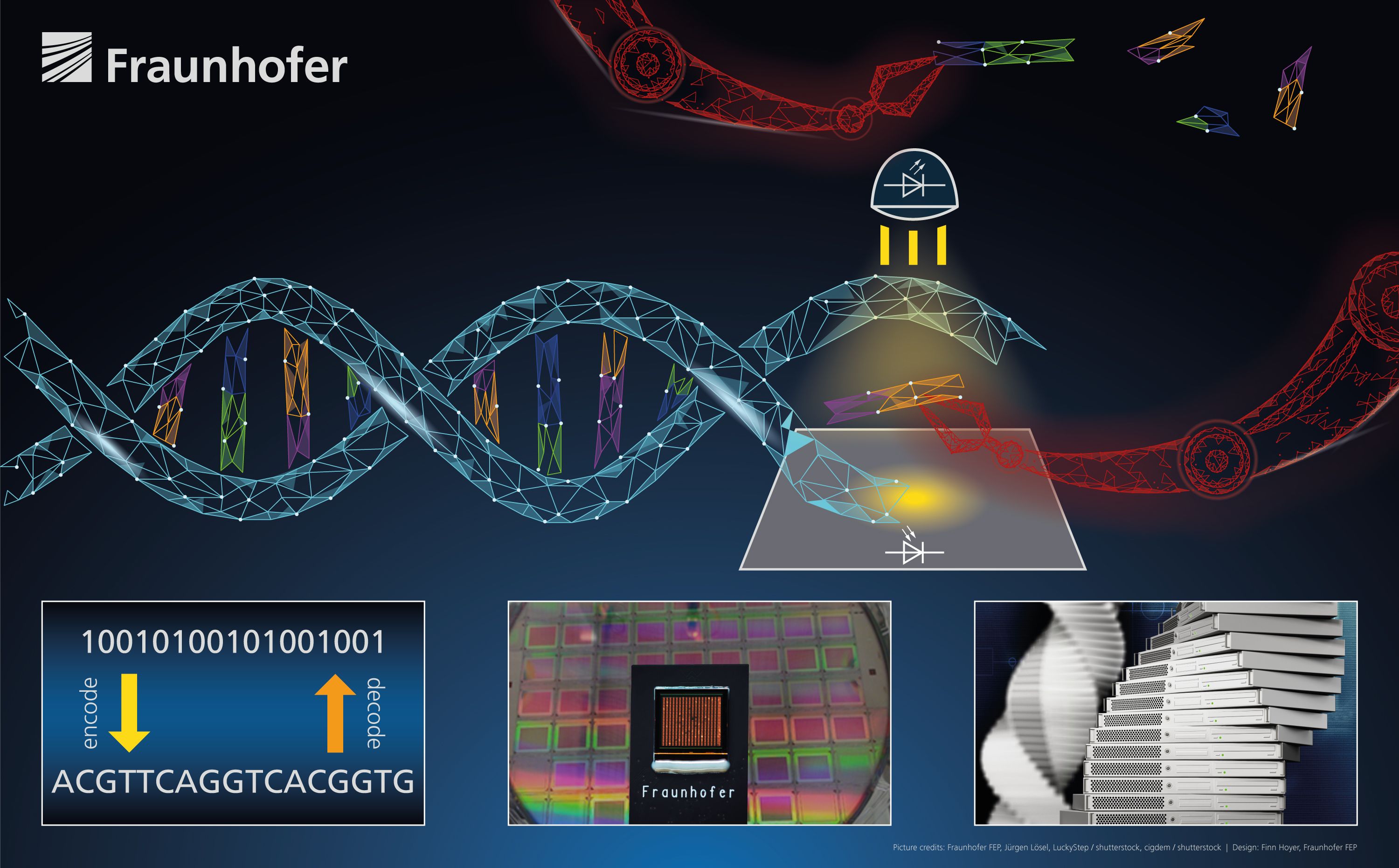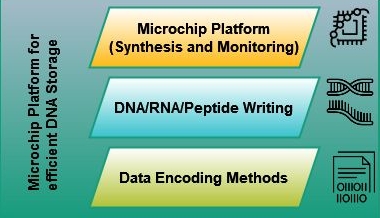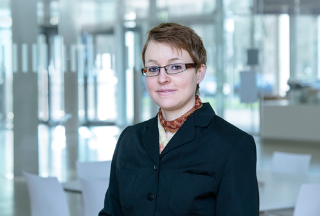Technology of the future – DNA for data storage

The global volume of data has doubled in the past three years alone. Nowadays, data collections of several terabytes are created every day. A large part of this data is archived after 90 days with the aim of keeping it for a long time. Especially for such data, which is accessed comparably infrequently, there is a need for secure, long-term but inexpensive storage with a high degree of compression.
DNA is not only a storage medium for genetic information, but can also be used to store data – a future technology that is currently under-explored in Europe. The essential prerequisite for the development of a biological mass data storage medium with high storage density and durability over time is a significant improvement in DNA synthesis, for which there is as yet no high-throughput technology. Current synthesis approaches are very inefficient, especially in the generation of long DNA segments, and generate inaccuracies that are time-consuming and expensive to correct. In addition, the device technology to date is extremely demanding in terms of space consumption and cost.
The potential of this research field is now being addressed by a consortium of Fraunhofer institutes to bring together know-how from engineering science, microelectronics, computer science and biotechnology.
 Fraunhofer Institute for Toxicology and Experimental Medicine
Fraunhofer Institute for Toxicology and Experimental Medicine
